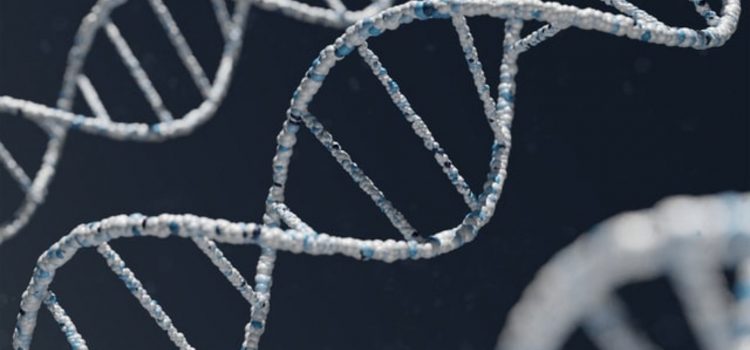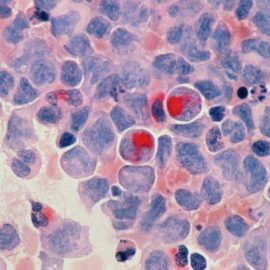

This article is an excerpt from the Shortform book guide to "The Gene" by Siddhartha Mukherjee. Shortform has the world's best summaries and analyses of books you should be reading.
Like this article? Sign up for a free trial here.
How did Gregor Mendel contribute to the field of genetics? What foundational principles of heredity did Mendel discover?
Long before the discovery of DNA, biologist and Augustinian friar Gregor Mendel discovered how genes get passed down from parents to offspring. His discovery was one of the major breakthroughs in genetics (although that word didn’t exist yet), laying the foundation for the study of heredity.
Keep reading to learn about Gregor Mendel’s discovery.
Mendel’s “Unit of Heredity”
In 1864, not long after Darwin published The Origin of Species, Gregor Mendel made a ground-breaking discovery in the field of genetics. By breeding and studying pea plants with obviously different traits—such as different heights, different colored flowers, and so on—he discovered clear patterns of inheritance across generations.
Most importantly, Mendel discovered that traits would be passed on completely; for example, if he cross-pollinated a purple-flowered plant with a white-flowered plant, the offspring would have purple flowers. Gregor Mendel’s discovery ran counter to the popular theory of Mendel’s time that traits would “blend” during inheritance, in which case that plant would end up with pale purple flowers, or some purple and some white.
If traits get passed on completely intact, Mendel reasoned, then there must be a “unit” of heredity: self-contained packets of genetic information representing a single trait—which Mendel called factors—rather than a stream of particles mixing with other streams like Darwin proposed.
Mendel’s Laws of Inheritance
Aside from his concept of a unit of heredity, Mendel is credited with creating two “laws” that describe patterns of inheritance:
The Law of Segregation. Organisms have two copies of each gene—one from each of their parents—which may be different from one another. When an organism reproduces, it randomly passes on one gene from each pair.
The Law of Independent Assortment. Genes are passed on to offspring independently of each other. In other words, offspring inheriting one trait doesn’t guarantee they’ll inherit a different trait—blond hair doesn’t always go with blue eyes, for example.

———End of Preview———
Like what you just read? Read the rest of the world's best book summary and analysis of Siddhartha Mukherjee's "The Gene" at Shortform.
Here's what you'll find in our full The Gene summary:
- What genes are and how they work, explained in simple terms
- The history of gene discovery, dating back to the 1800s
- What the future of genetic engineering looks like






